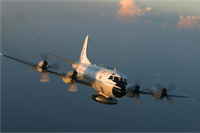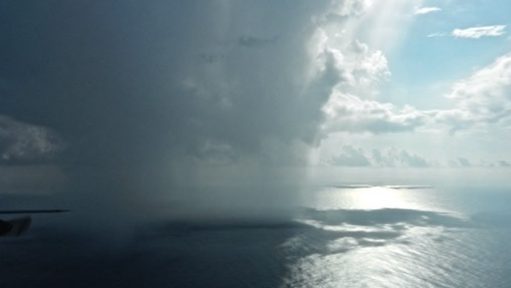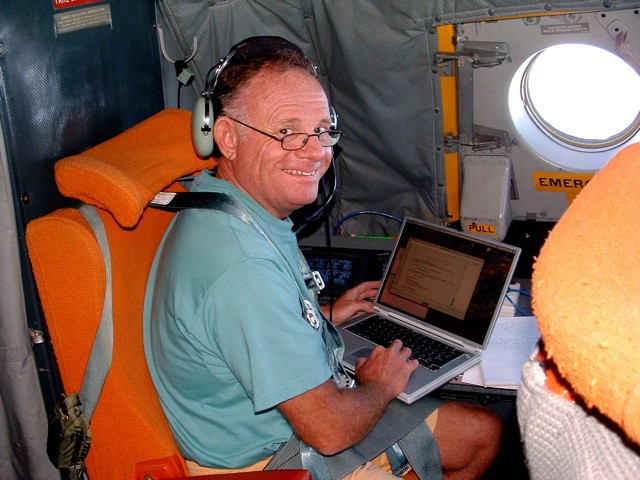 NSSL researcher Dave Jorgensen will deploy to Diego Garcia, an atoll south of the Equator in the Indian Ocean from November 1 to December 15 2011. Jorgensen will be Chief Scientist for convective storm studies using the NOAA P-3 research aircraft in the upcoming research experiment called Dynamics of the Madden-Julian Oscillation (DYNAMO). The data collected will enable studies of convective systems similar to his previous work done in the west Pacific during the Tropical Ocean Global Atmosphere Coupled Ocean Atmosphere Response Experiment (TOGA COARE) in 1993.
NSSL researcher Dave Jorgensen will deploy to Diego Garcia, an atoll south of the Equator in the Indian Ocean from November 1 to December 15 2011. Jorgensen will be Chief Scientist for convective storm studies using the NOAA P-3 research aircraft in the upcoming research experiment called Dynamics of the Madden-Julian Oscillation (DYNAMO). The data collected will enable studies of convective systems similar to his previous work done in the west Pacific during the Tropical Ocean Global Atmosphere Coupled Ocean Atmosphere Response Experiment (TOGA COARE) in 1993.
The Indian Ocean is one of the Earth’s most sensitive regions where ocean and atmosphere interact to affect the global climate. These interactions send impulses out over much of the globe via the phenomenon called the Madden Julian Oscillation (MJO).
The results of DYNAMO will help researchers better understand and forecast the weather and climate of the equatorial Indian Ocean and around the world. An improvement in the climate prediction will have local benefits, such as better projection of sea-level changes and will form a scientific base useful for decision- making on climate adaptation and mitigation locally and globally.
DYNAMO teams will operate five radars, a balloon sounding unit, two research aircraft, three research ships, and will take advantage of surface radiation measurement instruments already in place.
DYNAMO is planned to operate until April 1, 2012. DYNAMO is the U.S. contribution to a larger international effort named the “Cooperative Indian Ocean Experiment on Intraseasonal Variability in Year 2011,” or CINDY 2011.
The project is funded by the U.S. National Science Foundation, Department of Energy, Office of Naval Research, NOAA and NASA. International support comes from Japan, India, France, the Maldives, and other countries.



